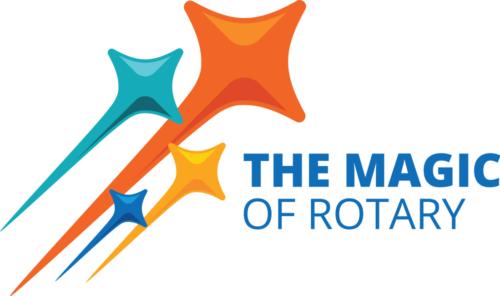This week, December 11, 2009 our weekly speaker brought us into the world of religion in Japan and nano-technology.
Dr. Orang Chen, Rotary Ambassadorial Scholar sponsored by the San Marino Rotary Club, received his doctorate in Materials science from Kagoshima University in Japan. Currently, he is an associate professor at Kochi National College of Technology and is a visiting professor at California Institute of Technology here in Pasadena. His research specialties are fatigue and fracture of metallic materials to Micro/Nano-Electro Mechanical Systems. He is currently focusing his research on failure analysis and reliability evaluation of a multi-layer Parylene-Platinum Parylene electrode cable used for Retinal implantation.
Religion in Japan
In this two part presentation, Dr. Chen presented slides of both Temples and Shrines in Japan. He explained the difference between the two in that temples have a suffix in their name, there will be an image of a Buddha in the building, an incense burner, the building will be Pagoda shaped. A shrine will have a Torii, an object that is discernable, there will be a guardian in the form of a lion or other animal and the building will recognize the contribution of some individual.
Dr. Chen discussed both Buddhism and Shintoism, which are the leading two religions in Japan. Buddhism has its origins in China, whereas Shintoism was created in Japan.
Nanotechnology and Artificial Sight
(Nanotechnology, shortened to “nanotech”, is the study of the controlling of matter on an atomic and molecular scale. Generally nanotechnology deals with structures of the size 100 nanometers or smaller in at least one dimension, and involves developing materials or devices within that size. Nanotechnology is very diverse, ranging from extensions of conventional device physics to completely new approaches based upon molecular self-assembly, from developing new materials with dimensions on the nanoscale to investigating whether we can directly control matter on the atomic scale.)
Dr. Chen’s research into nanotech leads him into the area of vision, where scientists are working on an artificial retina, by use of micro chips and micro cables to connect to the brain centers. The question is now one of reliability and he expects artificial retinas to be on the market in five years.
[by Tony Parrille]

 Arcadia Rotary’s Installation of it’s 98th President
Arcadia Rotary’s Installation of it’s 98th President  Let’s Recap! 6/21/24
Let’s Recap! 6/21/24